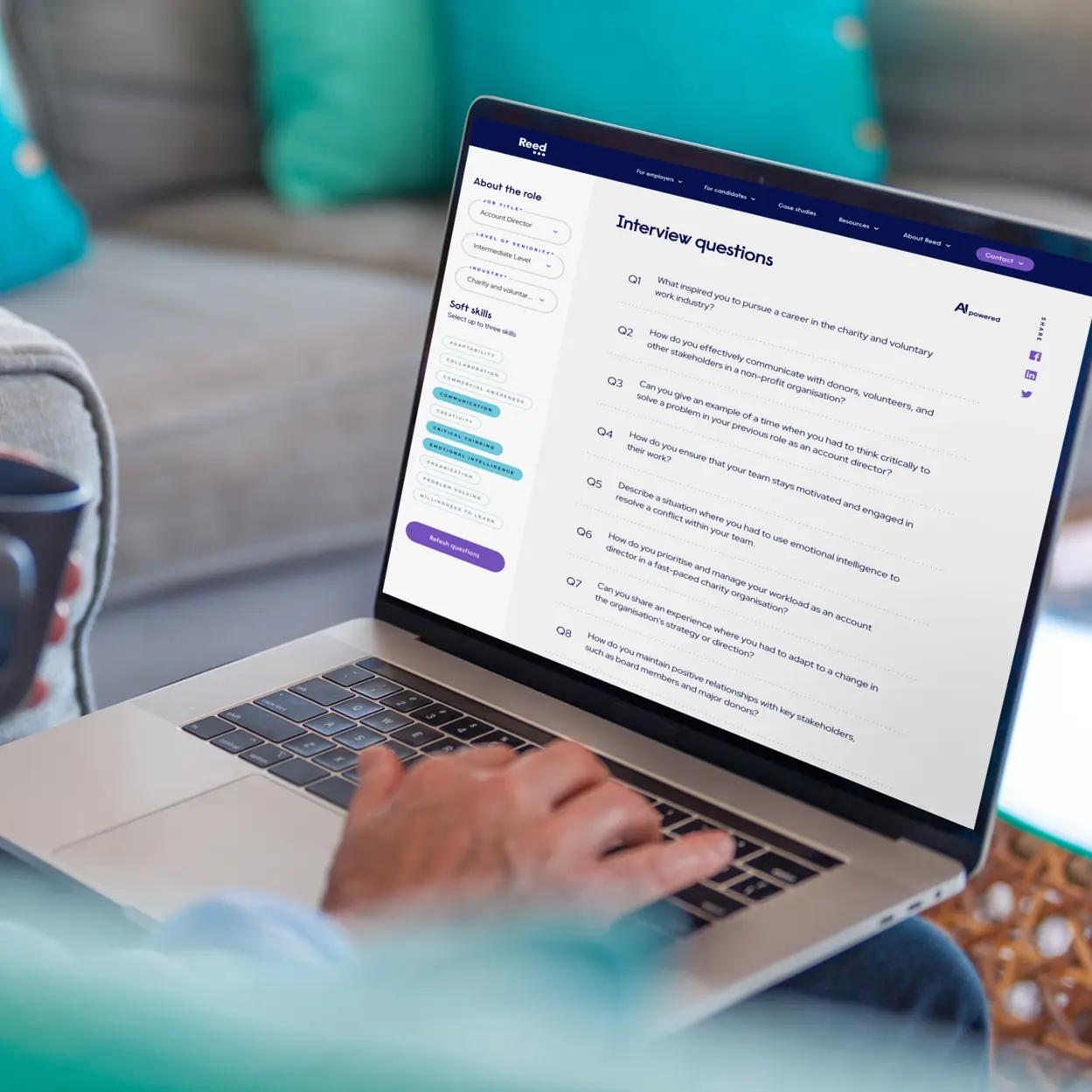Technology is essential for teachers while working from home. There are many different tools to choose from to allow you to continue teaching online. So where do you start?
1. Choose your online tech
Always follow your school’s advice first and foremost. Ask your school for the recommended length an online class should be. If you already have platforms that students are used to, keep using these tools to keep students familiar with the work.
If you get to choose your technology, try out a few different programmes to find what you prefer. Google Classroom, Zoom, Skype and Microsoft Teams are just a few of the most popular online video-sharing tools you can use to host your classes. Make sure you know exactly how to sign in, start and end a video call and how to invite your students to join.
Some teachers will prefer to talk in front of the class, while other teachers may want to share their screen so students can see a presentation, so find what works for your teaching style.
2. Get set up
Make sure you know how to set up your webcam and microphone. You do not want to begin a class trying to figure out how to share your screen, or wondering why your camera isn’t working.
Set up your camera so it is at eye level, but not too close to your face. Keep your background plain, without anything distracting, and make sure that there is minimal chance of being disrupted.
We have all experienced technical difficulties, so make sure to have a backup pair of headphones with a microphone, just in case.
Top tip: Check out the YouTube channel Teacher’s Tech, which gives great video tutorials on how to use digital tools in the classroom.
3. Communicate
Set out expectations to students and parents as to when classes will be and when you will be available to for them to speak to you.
Keep classes together where possible. Try and continue with a timetable of classes throughout the day, as it will ensure there is a familiar structure. If you can run classes with multiple students online at the same time, this can aid collaborative working and saves you having to go over the same material multiple times.
Give yourself at least ten minutes between classes to pause, get a drink, and set up for the next session.
4. Make it memorable
Creating multimedia materials can boost learning retention. And on the internet, there are a lot of great digital tools you can use to create interactive lessons that engage students.
Asking questions throughout the lesson is a great way to ensure students are staying on track. Rather than have them shout out, use the group chat feature or introduce a poll for them to vote on.
Top tip: Use the website Kahoot! to create an interactive quiz for free, and use Poll Everywhere to ask a question in a presentation and get students to respond via web or text.
5. Get feedback
Ask students for their feedback. How did they find the lesson? How are they finding the workload? Are they keeping in touch with other students? Use their answers to make your lessons more enjoyable, anticipate their needs and inspire meaningful learning. We’re all in this together.
To find out more about teaching from home, download our guide now.




